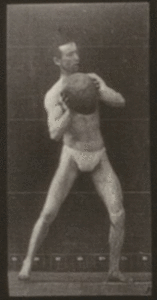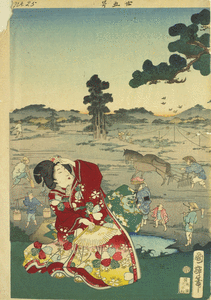The Smithsonian American Art Museum
The Smithsonian American Art Museum’s collection charts the nation’s growth from a young republic to an emerging world power. Landscapes extolling the nation’s geographic wonders from Niagara Falls to the Grand Canyon contributed to westward expansion. George Catlin’s original Indian Gallery, a collection of more than 400 paintings that capture the “manners and customs” of Plains Indian tribes in the 1830s, is one of the museum’s treasures. Westward expansion allowed artists such as Albert Bierstadt, Thomas Moran, and Frederic Remington to explore new territory and chronicle the settlement of the frontier, while members of the Taos School brought images of the West well into the twentieth century.
SAAM has one of the finest and largest collections from the last quarter of the nineteenth century, including impressionist and Gilded Age works. In the 1870s, artists Mary Cassatt, William Merritt Chase, Childe Hassam, and John Twachtman often worked outdoors to record gorgeous aspects of light and color, hallmarks of the impressionist style. In his painting, The South Ledges, Appledore, Hassam uses impressionist technique to render an island off the coast of New Hampshire.
Experience in Mirador
IIIF Manifest


